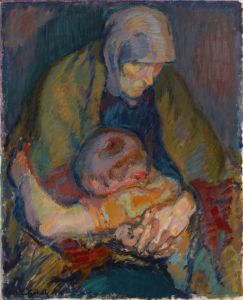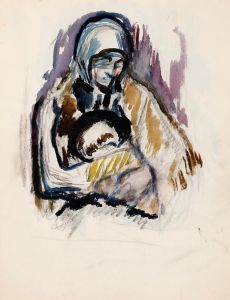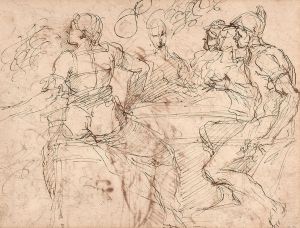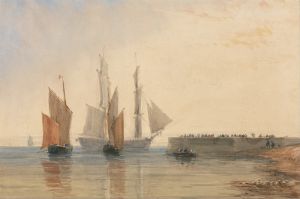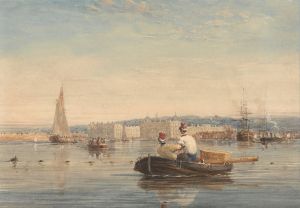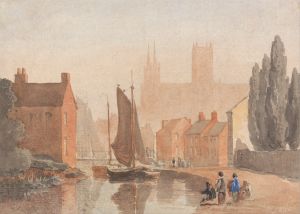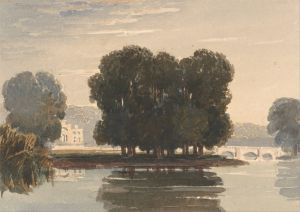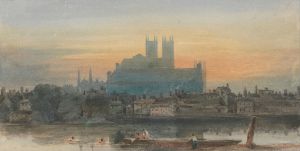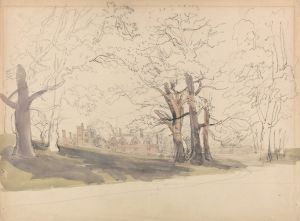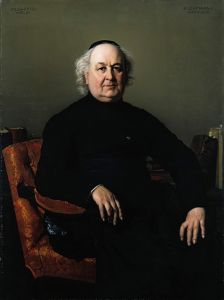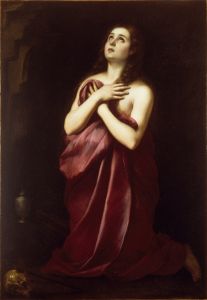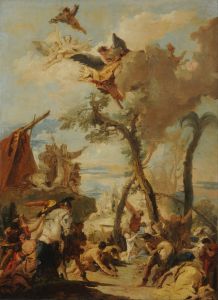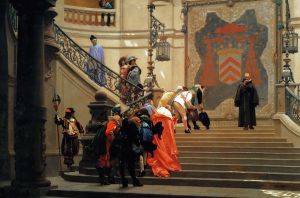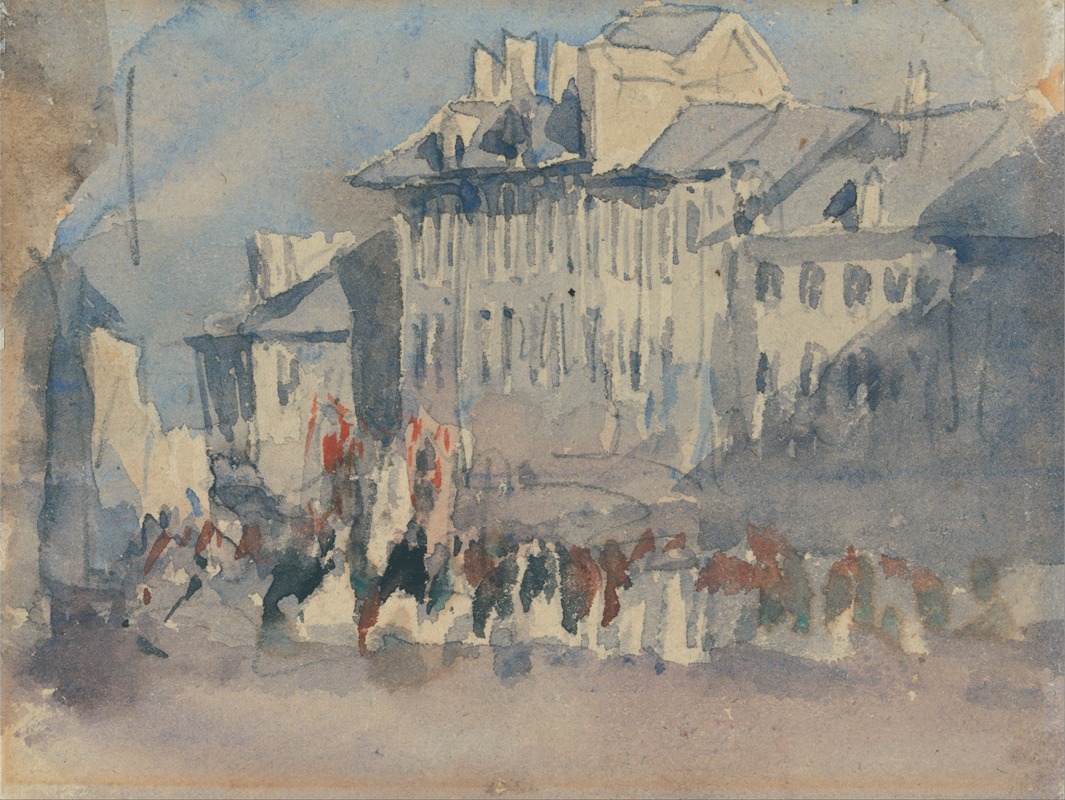
A Religious Procession
A hand-painted replica of David Cox’s masterpiece A Religious Procession, meticulously crafted by professional artists to capture the true essence of the original. Each piece is created with museum-quality canvas and rare mineral pigments, carefully painted by experienced artists with delicate brushstrokes and rich, layered colors to perfectly recreate the texture of the original artwork. Unlike machine-printed reproductions, this hand-painted version brings the painting to life, infused with the artist’s emotions and skill in every stroke. Whether for personal collection or home decoration, it instantly elevates the artistic atmosphere of any space.
David Cox was a prominent English landscape painter, known for his contributions to the development of watercolor painting in the 19th century. One of his notable works is "A Religious Procession," which exemplifies his skill in capturing atmospheric effects and his keen observation of rural life.
"A Religious Procession" is a watercolor painting that reflects Cox's interest in depicting scenes of everyday life infused with a sense of tranquility and reverence. The painting portrays a group of figures participating in a religious procession, a common subject in European art that often symbolizes community, tradition, and spirituality. Cox's choice of subject matter aligns with his broader artistic focus on the picturesque and the pastoral, themes that were popular during his time.
Cox was born in Birmingham, England, in 1783, and he became one of the leading figures in the Birmingham School of landscape artists. His career spanned several decades, during which he produced a vast body of work that included both oil paintings and watercolors. Cox's watercolors, in particular, are celebrated for their freshness, spontaneity, and the innovative techniques he employed to capture light and atmosphere.
In "A Religious Procession," Cox likely utilized his characteristic loose brushwork and subtle color palette to convey the mood and setting of the scene. His ability to suggest detail without overworking the composition is evident in the way he handles the figures and the surrounding landscape. The painting's composition may include elements such as a church or a rural path, which are typical features in Cox's landscapes, providing context and enhancing the narrative quality of the work.
Cox's influence on the art of watercolor painting was significant, as he was instrumental in elevating the medium to a level of respectability and artistic merit that it had not previously enjoyed. His works were admired for their ability to capture the transient effects of weather and light, qualities that are likely present in "A Religious Procession."
Throughout his career, Cox exhibited his works at various institutions, including the Royal Academy and the Society of Painters in Water Colours, where he was an active member. His contributions to the art world were recognized during his lifetime, and he remains a respected figure in the history of British art.
While specific details about "A Religious Procession" may be limited, the painting is representative of David Cox's broader oeuvre and his mastery of watercolor techniques. It reflects his dedication to capturing the beauty of the natural world and the quiet dignity of rural life, themes that resonate throughout his body of work. Cox's legacy continues to be appreciated by art historians and enthusiasts who recognize his role in shaping the landscape genre and advancing the art of watercolor painting.





